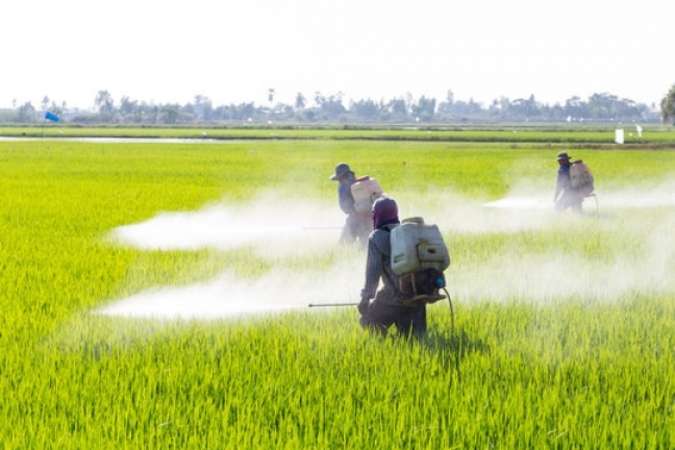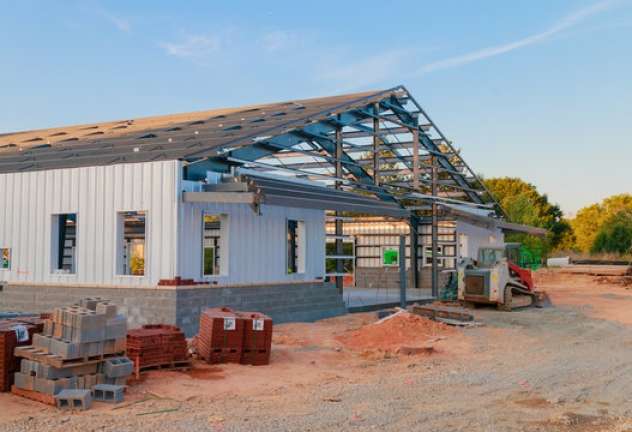Violence is an aspect of society that plays a significant role in the human experience. It is important for people to realize that violence in communities can have a profound impact on the people who experience it directly. Instances of violence are often thought of by most people, as events that happen to other people, but violence is classified as a public health issue. People who are living with violence, or the threat of violence often try to hide what they are experiencing because they believe that they are protecting others by doing so. The fact is, the impact of violence is far-reaching, and the violence perpetrated against one is often felt by others.
Staggering Statistics
Violence perpetrated by one household member onto another is more prevalent in the United States than most people realize. Approximately 20 people are physically abused by a domestic partner every 20 minutes. This means that over 10 million people suffer some kind of physical abuse by a domestic partner every year.
When most people think about domestic violence, they tend to think that it is only perpetrated against women. The statistics show that in regard to the most severe cases of domestic violence, one out of every 4 women and one in nine men have experienced physical violence, sexual violence or stalking. In many cases, the person who has sustained the abuse believes that they have somehow caused the episode. It is important to note, that acts of violence against another person, whether it is stalking, sexual abuse or assault are criminal acts, and should be treated as such. Notably, isolation, ridicule and threats fall underneath the category of emotional abuse, and although they are not considered criminal offenses, they often lead to acts of physical violence.
How Violence Impacts Children
Most people know of someone in their circle of family or friends who have been the victims of domestic violence. In many instances if the person who is being abused has children, they state that they stay with their abusers because they don’t want their children to be emotionally harmed because they have been separated from the other parent. In more cases than not, the impact imposed onto children who are exposed to domestic abuse is far greater in children whose parents chose to stay with their partners than in those who chose to leave.
There are both long- and short-term effects associated with children who witness violent acts. In the short term, children who reside in homes where abuse is inflicted upon a parent tend to be anxious and fearful. They tend to think heavily about when the next violent episode will happen. Preschool aged children may exhibit signs of regression in their development. They may revert to doing things like sucking their thumbs, bedwetting or whining or crying more than usual. In addition to these behaviors, children who witness violence can exhibit signs of fear or terror like extreme separation anxiety, stuttering and hiding episodes.
Children who are school aged often have feelings of guilt about the abuse they witness. Some even blame themselves for the abuse they witness. Children who are witnesses to abuse in their homes often become withdrawn, and shy away from participating in activities at school, and they tend not to have as many friends as their counterparts. The development of low self-esteem is also a direct impact of school aged children witnessing domestic violence in the home. Disengagement from educational opportunities and the ability to get and maintain good grades is also attributed to domestic violence.
Teens see domestic violence in their homes have issues making friends and tend to have low self-esteem issues just like school aged children. The development of risky behaviors is more likely to appear in this group. Risky behaviors include engaging in the use of drugs or alcohol, bullying, fighting and frequent encounters with law enforcement. Teens exposed to domestic violence are also prone to skip school and have unprotected sexual encounters.
It is important to note that children of all ages who are exposed to high levels of violence tend to have higher levels of anger, anxiety, and depression than those who are not. There is also an emotional and psychological component associated with witnessing violence in all groups of children that often follows them into their adult years and beyond. Some signs and symptoms of emotional and psychological trauma includes but is not limited to:
- Memorial Loss
- Sleep disturbances
- Loss of concentration abilities
- Feelings of hopelessness or sadness
- Mood swings and irritability
- Intrusive thoughts
- Disorientation
- Confusion
- Numbness and feelings of not being connected
Violence Impacts Males and Females Differently
What is most notable about the impact that violence has on children as they mature and enter into adulthood is the differences the trauma inflicted upon them has in terms of gender. Male children who are raised in homes where they see their fathers engage in the pushing, shoving, hitting or the threatening of bodily harm of their mothers tend to model those same behaviors during their teen years and into adulthood.
Female development is reliant upon healthy male relationships within their family unit. Girls who grow up in homes where the dominant male figure or figures direct violence towards the women in their household tend to engage in unhealthy relationships. This is a pattern that follows them throughout their adulthood unless they seek therapy to help them deal with the trauma they experienced when they were children. Girls who witness domestic violence grow into women who are distrustful of men and will often find themselves dealing with unplanned pregnancies.
Making the Transition
Women or men who are in violent relationships who have children must consider a host of variables. The greatest of those has to be their children. Children need to grow up in an environment that will give them the best opportunity to grow and flourish. That means that they need to be raised in an environment which is nurturing, supportive and free of violence.
The best thing anyone who is thinking about leaving an abusive relationship can do is make a plan. They should do as much research as they can to find out where the nearest women’s shelters are and what their process is for service. People who are planning to leave an abusive relationship should also have a plan in terms of transportation. Many shelters will not provide transportation, so they will need to develop a plan for how to get to a shelter or a safe destination, so they can be taken to a shelter.
People making plans to leave their abusers should also keep a list of contacts and a list of services somewhere they can get to it quickly. Oftentimes people who have been in violent relationships will leave their homes with nothing but the clothes on their backs. This is why it is so important to have a plan. People in abusive situations should keep a bag with a few pieces of extra clothing, and prescribed medications, a few pieces of clothing for their kids, and a favorite toy in a bag that is somewhere that is hidden, but easily accessible.
During the time of transition, it is also important for people to be sure they have enough money set aside to getaway. Isolation and financial abuse are often factors in households where violence occurs. In these cases people should concentrate on the amount they need to escape, meaning the amount they need to pay for a bus or a cab to get them to a safe place. One human being committing an act of violence against another human being is a crime and perpetrators of these acts should be held accountable. Shelters generally have social workers on staff who are available to help people who are escaping violence fill out the necessary paperwork they need to file with police departments to obtain orders of protection, as well as court documents for emergency hearings. Emergency hearings do not require attorneys, however, an attorney, such as one from Hanna Law Firm, is recommended to assist with any other legal proceedings.
















